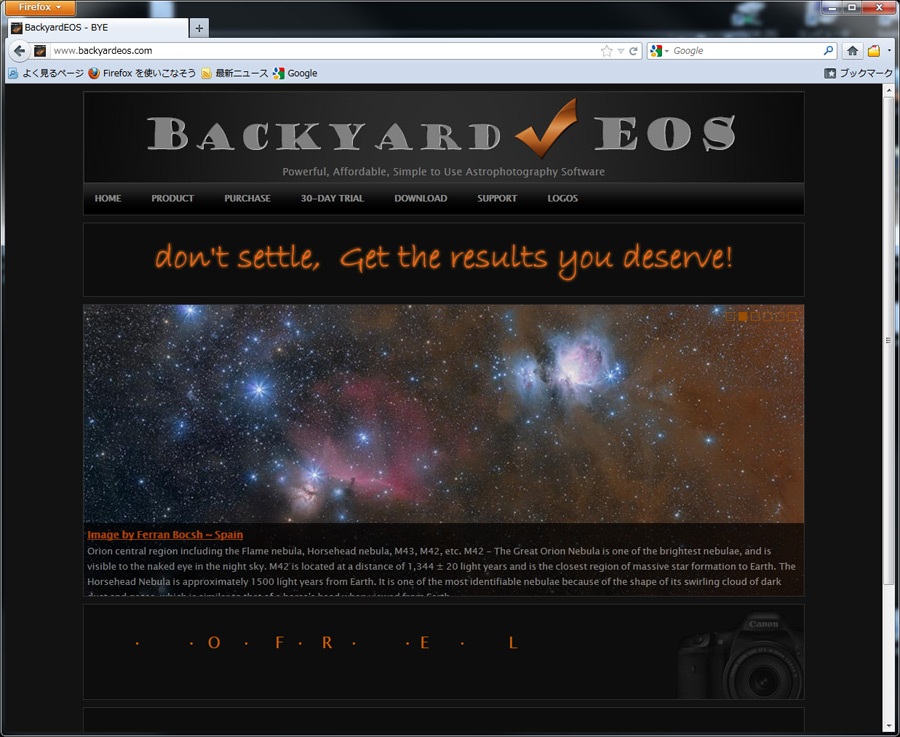
- #Backyardeos classic vs premium how to#
- #Backyardeos classic vs premium update#
- #Backyardeos classic vs premium windows#
If your application is performing input/output operations with large IO unit sizes, it requires high throughput. Throughput, or bandwidth is the amount of data that your application is sending to the storage disks in a specified interval. For example, a Standard GS5 VM has 80,000 IOPS limit. Each high scale VM size also has a specific IOPS limit that it can sustain. For example, a P50 disk provisions 7500 IOPS. When you attach a premium storage disk to your high scale VM, Azure provisions for you a guaranteed number of IOPS as per the disk specification. In the later section, Optimizing Application Performance, we discuss in detail all the factors that you must consider to get high IOPS. If you have such an application, you must design the application infrastructure to optimize for IOPS. Such applications handle millions of small and random IO requests. Therefore, OLTP applications require very high IOPS.
#Backyardeos classic vs premium update#
The user requests are insert and update intensive database transactions, which the application must process quickly.

Online Transaction Processing (OLTP) applications like an online retail website need to process many concurrent user requests immediately. An input/output operation could be read or write, sequential, or random. IOPS, or Input/output Operations Per Second, is the number of requests that your application is sending to the storage disks in one second. Later in Optimizing Application Performance, you will learn about the factors affecting these performance indicators and recommendations to optimize them.
#Backyardeos classic vs premium how to#
In the following section, Gathering Application Requirements, you will learn how to measure these performance indicators for your application. In this section, we will discuss the common performance indicators in the context of Premium Storage. The technical terms for these performance indicators are, IOPS, Throughput or Bandwidth, and Latency. We assess whether an application is performing well or not using performance indicators like, how fast an application is processing a user request, how much data an application is processing per request, how many requests is an application processing in a specific period of time, how long a user has to wait to get a response after submitting their request.
#Backyardeos classic vs premium windows#
If it is not enabled, you can enable it on already deployed VMs on both Windows and Linux.īefore you begin, if you are new to Premium Storage, first read the Select an Azure disk type for IaaS VMs and Scalability targets for premium page blob storage accounts. If your VM supports accelerated networking, you should make sure it is enabled.

Sometimes, what appears to be a disk performance issue is actually a network bottleneck. You can also apply some of these guidelines to applications running on IaaS VMs with Standard Storage disks. We have provided examples where appropriate. We have provided these guidelines specifically for Premium Storage because workloads running on Premium Storage are highly performance sensitive.

How can you optimize for IOPS, Bandwidth and Latency?.



 0 kommentar(er)
0 kommentar(er)
